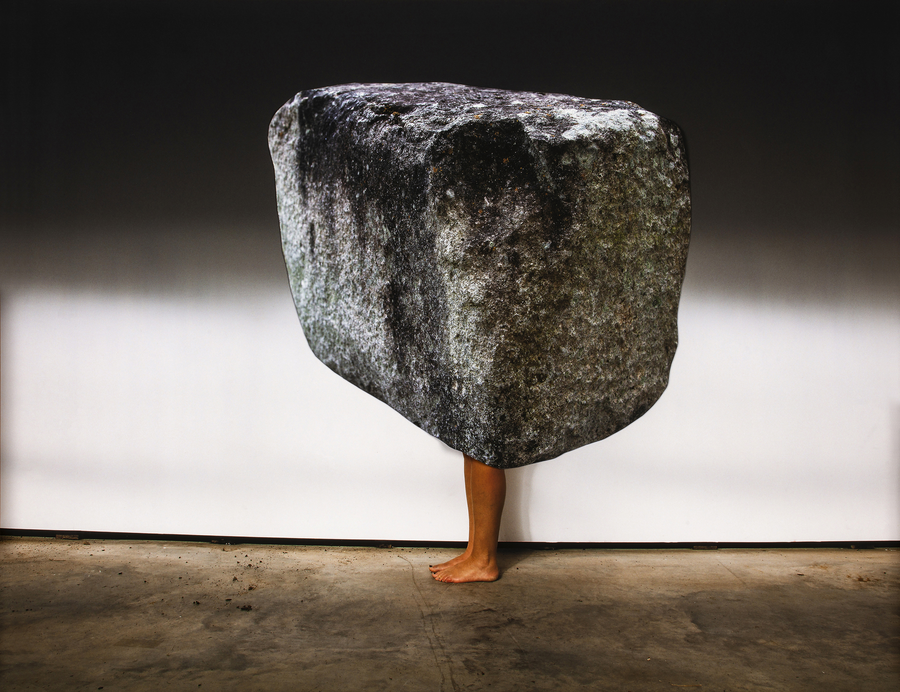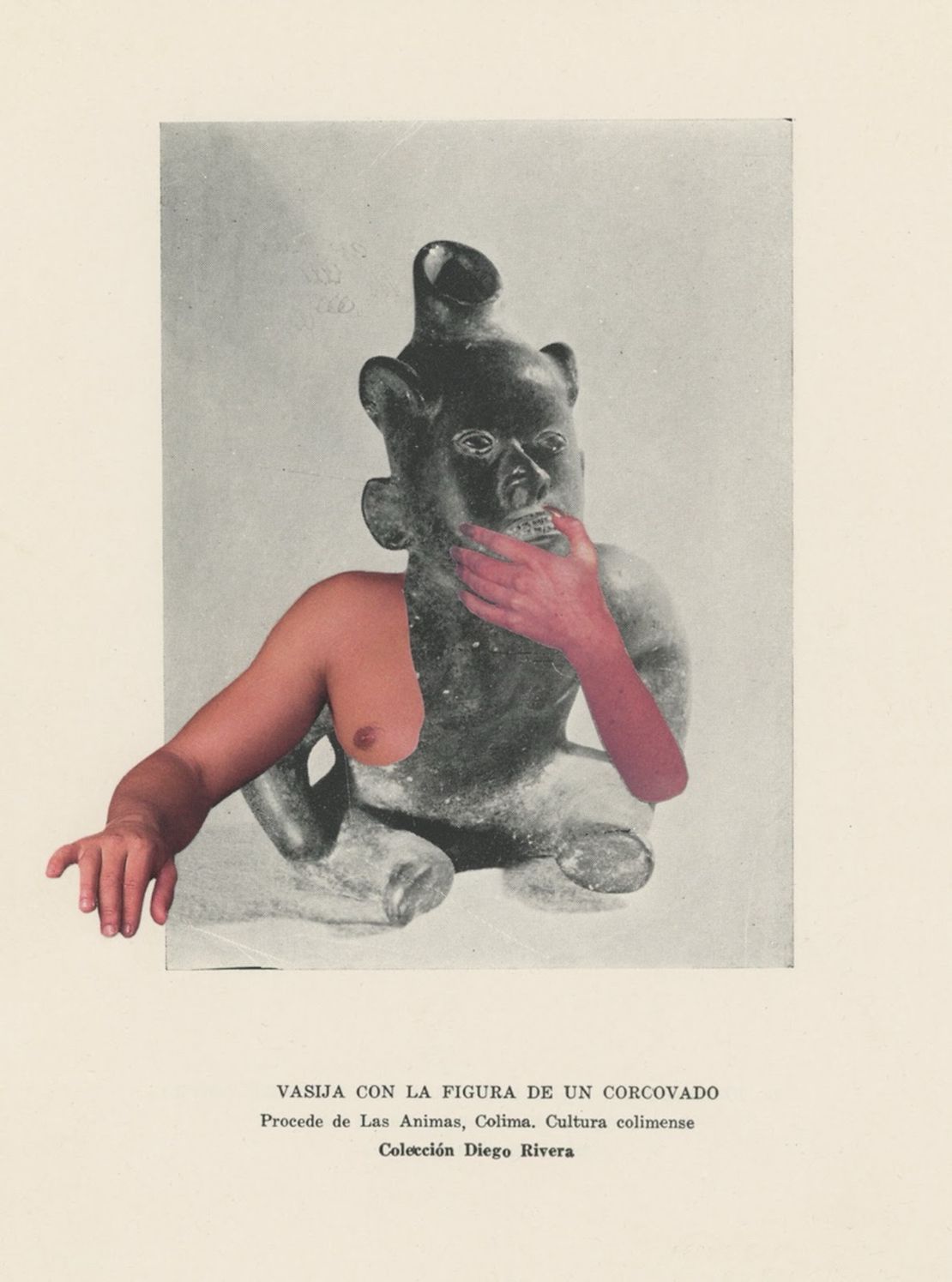Abstract
Karina’s work is inherently linked to the territory, as the constructions she addresses are a physical manifestation of the connection between indigenous communities and their environment. Through her artwork, Karina explores the symbolic and spiritual relationship that exists between these indigenous structures and the land, emphasizing the profound significance of the territory as a source of identity, history, and ancestral wisdom. Her creations capture the essence of the sacred bond that indigenous communities maintain with the natural surroundings, conveying powerful messages about the interconnection between human beings and the land.
Sacred Geometry delves into the fascinating world of Ingapirca, an archaeological site in Ecuador, to explore the remarkable engineering achievements of Inca architecture and to bring the human body into dialogue with this ancient site. The project begins by embarking on an investigation into the construction of Ingapirca, also known as the Inca Wall. Initially built by the Incas and later modified by the Canaris, it stands as the largest known ruin in Ecuador, captivating the curiosity of scientists and the public alike. The site has been extensively documented through photography, its artifacts have found homes in collections worldwide, and its enigmatic construction continues to inspire scientific advancements, tourism, and the creation of “para fictions”—artworks that blur the boundaries between reality and fiction. Sacred Geometry invites contemplation of the intricate relationship between humans, architecture, and the landscape by placing the body within this archaeological setting. It probes the mysteries embedded within Ingapirca and seeks to unravel its construction secrets while embracing its allure’s speculative nature. The project intertwines art and archaeology, offering a multidimensional exploration beyond mere documentation of ruins. Through this interdisciplinary approach, Sacred Geometry invites viewers to engage with the site’s rich history, ponder the legacy of ancient civilizations, and consider how the past shapes our present understanding of architectural ingenuity and cultural heritage.

